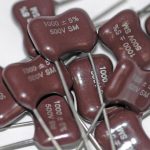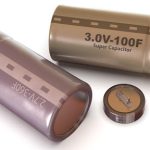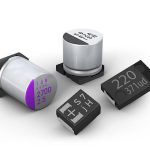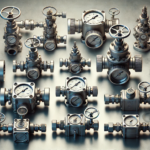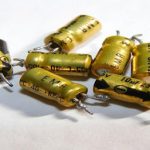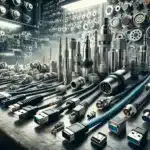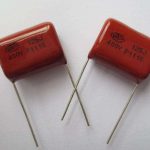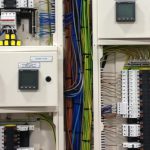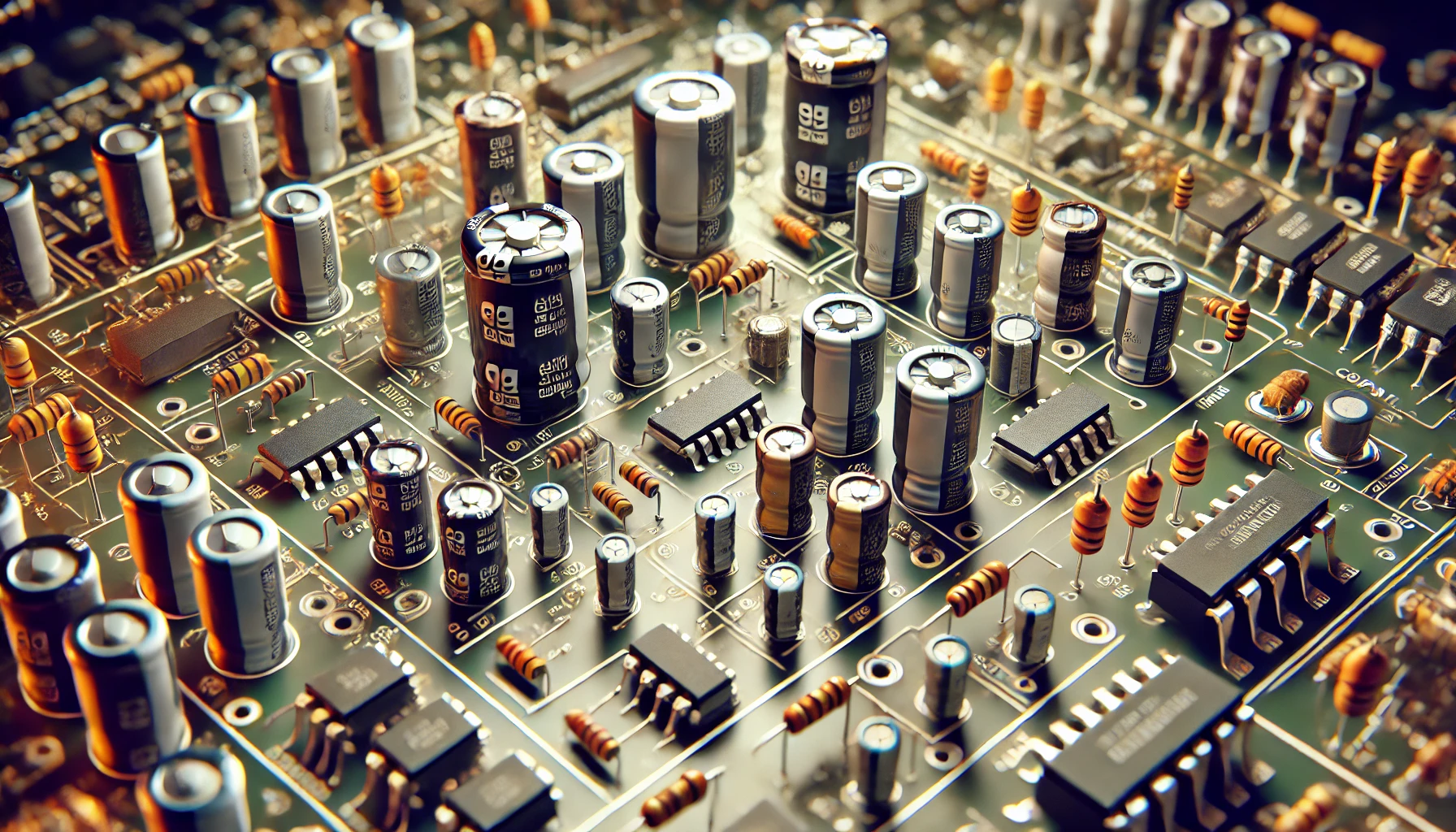
Introduction
In modern electronics, capacitors–compact energy storage devices–are indispensable. They are used in everything from smartphones and laptops to power supplies and industrial equipment. This functional versatility necessitates understanding capacitors, their types, and uses for anyone involved in designing or repairing electrical or electronic circuits. This article uncovers different aspects of these devices, explaining their significance and crucial functionality in modern electronic circuits.
A Brief Overview
They are electrical reservoirs; small passive components designed to store bursts of energy and release it when needed. Moreover, these compact electrical devices comprise two conductors separated by an insulating material called a dielectric, responsible for storing energy in an electric field. A capacitor integrates two terminals that, when connected to a voltage source, accumulate electric charge on the capacitor’s plates and store it. The dielectric material in capacitors determines the capacitor’s characteristics–affecting their capacitance values, voltage ratings, and their overall behaviour. Ceramic dielectrics, for example, are common in high-frequency circuits as compared to electrolytic capacitors.
The Significance of Capacitors in Modern Electrical and Electronic Circuits
They are small yet highly robust components in electric and electronic circuits. They drive the essential functionality of multiple gadgets by maintaining stable voltage levels. Such components not only store energy but also work as filtering devices, regulate voltages, and smooth out fluctuations. Additionally, the significance of a capacitor lies in its ability to couple and decouple circuits, which is extensively used in timing applications.
What are the Most Common Types?
Capacitors are classified into various types based on their capacitance, dielectric materials, shapes, and sizes, each designed to fulfil specific roles in electronic circuits. Some of the most common capacitor types include:
Electrolytic Capacitors
Electrolytic capacitors have a higher capacitance value and are popular for applications requiring high capacitance values, such as in power supply filters. An aluminium electrolytic capacitor is a popular choice that stores a significant amount of charge.
Ceramic Capacitors
Ceramic capacitors are non-polarised passive components that use ceramic as the dielectric material. They are known for their small physical size and excellent frequency response. Available in class 2 and class 3 ceramic capacitors, they are widely used in high-frequency applications, such as audio and RF circuits.
Film Capacitors
Film capacitors are constructed from thin plastic or metal film materials used as dielectric and offer superior stability and low inductance. They are ideal for situations where reliability and performance are critical, such as in snubber circuits and audio crossover networks. A polypropylene capacitor is a common type of film capacitor that offers good stability, low leakage current, and high voltage ratings.
Tantalum Capacitors
Tantalum capacitors, a type of electrolytic capacitor, are known for their volumetric efficiency and stability, making them suitable for space-constrained applications. They provide high capacitance per volume and are stable over a wide temperature range.
Supercapacitors
Also called ultracapacitors, supercapacitors have much higher capacitance values and can release energy quickly. This makes them perfect for applications requiring rapid charge and discharge cycles, such as in renewable energy systems and electric vehicles.
Variable Capacitors
Variable capacitors feature a set of stationary and rotatory plates that allow the user to move closer or further to adjust the capacitance. Their manual adjustments make them essential components in RF tuning circuits.
Mica Capacitors
Using mica as the dielectric, mica capacitors offer high stability, low leakage current, and high voltage ratings. However, they are primarily used in high-frequency circuits and precision applications.
Paper Capacitors
Paper capacitors use paper dielectric and offer good capacitance values. Although they are an older technology with lower stability than other types, they are still used in some applications.
Key Functions of Capacitors in Electronic Circuits: Beyond Energy Storage
Capacitors are incredibly versatile components that serve multiple functions in electronic circuits. Understanding these key functions allows engineers and hobbyists to design more efficient and robust circuits, highlighting the enduring significance of capacitors in the world of electronics. Additionally, beyond energy storage and release functions, other functions of these passive components include:
Filtering and Signal Smoothing
In electronic circuits, capacitors play a crucial role in filtering and smoothing signals. They are integral parts of power supplies and signal lines, smoothing out voltage ripples and filtering out high-frequency noise.
Stabilising Voltage and Power Supply
Capacitors act as buffers and stabilise the output voltage by maintaining consistent voltage levels in electronic circuits. This stabilisation is particularly beneficial in sensitive electronic devices that require an uninterrupted and reliable power supply to function correctly.
Timing and Oscillation Circuits
Capacitors, in combination with resistors and inductors, are employed to create timing circuits and oscillators. Furthermore, these circuits are crucial in generating clock signals, controlling timing in microcontrollers, and producing waveforms in oscillators.
Power Factor Correction
In AC power systems, capacitors are used for power factor correction. They compensate for reactive power, improving the power system’s efficiency and reducing energy losses.
Circuit Protection
Capacitors are also used to protect multiple circuits from potential power hazards. They can be utilised in surge protection circuits to absorb sudden voltage spikes.
Signal Coupling and Decoupling
Capacitors allow AC signals to pass while blocking DC, making them crucial in coupling amplifier stages and separating different stages in signal processing.
Final Thoughts
Capacitors are incredibly versatile components that serve multiple functions in electronic circuits, ensuring the reliable operation of countless electronic devices. Whether it’s storing energy, filtering signals, or tuning circuits, capacitors are integral to the operation of countless devices in our everyday lives.







